When we set out to shoot we generally have an idea, a commission, or a goal in mind. Maybe we will be shooting street photos, landscape images, architecture, or abstract art photos. Rarely does someone pick up a camera and tell themselves that they are headed out to shoot everything… All of those styles at the same time. The logistics of that approach alone can prove tough or even overwhelming. Maybe a different lens for each style, possibly a different camera, and definitely a specific frame of mind. But what if we could? What if you saw all of these things simultaneously?
Image courtesy of the fine folks over at Wikipedia
Imagine if you could open the flood gates of your mind and apply all of your applicable knowledge of other subjects and disciplines to the specific discipline you are practicing, photography for instance. I mean, we like to think that we do but in reality our brains can only retrieve so much at one time and we generally don’t stray to far from our main focus. Think of a dog in a yard who’s leash is attached to a peg in the ground located in the center of the yard… Sure, the dog can roam around the yard, but only at the distance of the leash and in a circle. All of the reachable things within the circle, lets call that easily accessible everyday knowledge, can be applied to whatever you are doing at any given time. The objects outside of the circle, lets call them deep memories, take time and concentration to retrieve and apply to whatever activity you are doing… If you can even reach them. Now, as I said, imagine if you could access all of that relevant information in an instant.
Understanding Why
To effectively practice this approach to photography you’ve got to surrender the notion that fixating on one genre of photography is the only way to become an expert. That is the worst advice that some really successful photographers have erroneously attributed their success to. It’s not their fault, it’s the best explanation they could come up with and their reality. However, your reality and their reality aren’t necessarily the same thing.
Now, if we use a little logic we can come to the conclusion that practicing photography in a vacuum limits our growth in the long-term. Simply think of all the various genres of photography and how some of the skills involved in one genre can positively impact another. For instance, practicing street photography was the best thing I have ever done to improve all other parts of my photography. Street photography helped me understand how important story telling (to name just one thing, there are many) is in every genre of photography. On the flip side, practicing a huge amount of landscape photography has helped me improve my composition when practicing street photography. I could go on, but I think you get my point. Let’s talk about how to actually implement a Ven Diagram like approach…
Practicing the Venn Diagram Approach
Have you ever headed out with your camera and felt like you were firing on all cylinders, like your eyes had been opened for the first time in a long time and you were seeing all the beautiful images laid out for you to pluck like flowers in a field? Often, that sought after feeling only accompanies a clear mind, not focused or unfocused. Heading out with your camera, after a specific shot, like an assassin with a rifle is a lot like rearranging the deck chairs on the Titanic… Fairly pointless (admittedly, I just like that saying and was waiting for a chance to force it into this article…).
A Venn diagram is a diagram that shows all possible logical relations between a finite collection of different sets.
The key to the Venn Diagram Approach is practicing the ability to see all potential shots around you rather than only street photography, abstract art photography, or landscape photography, etc.. In addition to openness of genre or style our goal is to be able to use composition building techniques from each genre of photography interchangeably (where it would work). For instance, as I mentioned above, using story telling in our landscape photography (like below).
Cadillac Mountain in Acadia National Park
What’s the alternative? Well, in the scene above there were plenty of other photographers scurrying here and there trying to compose a “perfect” image without a tourist in their viewfinder. In fact, there were a couple real brainiacs putting their lives in danger by dangling off a cliff to take a tourist free photograph. If you ask me, by creating an image like the one above, using the couple under the blanket, you are more likely to create something that is memorable, original, and not easily replicated. Anybody with a camera can show up and take a photograph of the same landscape. However, it is unlikely that anyone will every be able to stand where I was and have the exact same couple, in the exact same spot, with the exact same blanket draped in the exact same… Well, you get my point.
Using a Venn Diagram like approach, I looked for could see composition that would work as a landscape photograph while also keeping an eye out for a story. Imagine the image above without the couple in it… The image would still work and, in my opinion, it would still be a beautiful landscape. By keeping my mind open to all of the possibilities as opposed one or the other I was able to create a more dynamic image. I’d have stayed longer to capture a cruise ship breaking through the line of low-lying fog on the ocean but the girl started to catch on that they were part of my composition. Out of respect for them and their peaceful morning, I moved on.
Curiosity
One of the best ways I know to train yourself to approach your photography this way is to stay curious. Curious people aren’t the type to walk to and fro with tunnel vision. Curious folks are the ones that generally upset you as you walk down the sidewalk… I’ve been that guy. Slowly walking towards the general direction of my destination, or sometimes without a destination, looking up, down, side to side, and behind me (I try to be conscious of others and move out of their way before getting trampled on). Being curious doesn’t just mean we wonder down alleys and take back roads, it means we are keeping open minds and feeding our appetite for knowledge.
Manhattan Bridge from behind a construction barrier
Take the image above for instance, I was walking down the sidewalk along a building under construction and there was the usual barrier made of plywood separating pedestrians from the construction side of the building. There were these little port holes every eight feet or so and then a missing piece of ply wood. So, I did what any curious photographer would do… I ducked into the construction worker area and took a photograph looking out of a port-hole towards the Manhattan bridge. While shooting through the port-hole I waited for someone to walk by and add some scale to the image. It took a dozen or so different people until I caught this guy with the sun hitting his back in what I felt was a good location. Had I not been curious and looked away from the beautiful bridge I would have never found this neat perspective.
Planning
If you don’t know where you are going to shoot and spend a considerable amount of time and brain processing power on trying to guess where you’ll “get lucky” you’ll often end up disappointed. Plan ahead, stick to where you decide to spend your time and immerse yourself once there. If, once there, your curiosity tells you to follow a road or path in another direction and you decide to do so, commit to that new area and don’t keep one foot (or part of your mind) in the original area while you timidly feel out the new area. The key to keeping an open and clear mind here is to be entirely present wherever you are.
Kennebunkport Maine
While visiting Kennebunkport Maine, the plan, we drove past a “no outlet” road along the ocean and did a u-turn to see what was down it, the curiosity, and came across the scene you see above, the reward.
Knowledge
Most importantly, knowledge is the key to the Venn Diagram approach. Speaking of knowledge… By now, you may realize that the “Venn Diagram” approach isn’t a real photography term but merely a way to illustrate how to approach photography in a more effective way. If you can effectively broaden your knowledge of photography by studying different genres, different photographers (painters, sketch artists, etc. will work too), or really anything you can get your hands on you’ll have more source material to reference in your mind as you practice your craft.
Don’t stop there though, actually practice different genres of photography. Try to master things like street photography, macro photography, landscape photography, light trails, sun flares, etc…. Make mistakes, create something hideous, rinse, wash, repeat. You’ll find that as you’re learning more and more about the various artists and approaches to multiple genres of photography you’re also inadvertently building your own Venn Diagram of reference material in your mind. You’ll start to see where different techniques of one genre can be applied to another and vice versa. The beautiful thing about this approach is that you don’t have to forcibly tell yourself to apply knowledge from the various genres and source material you are studying, our brains will do it automagically as we continue to feed them new information.
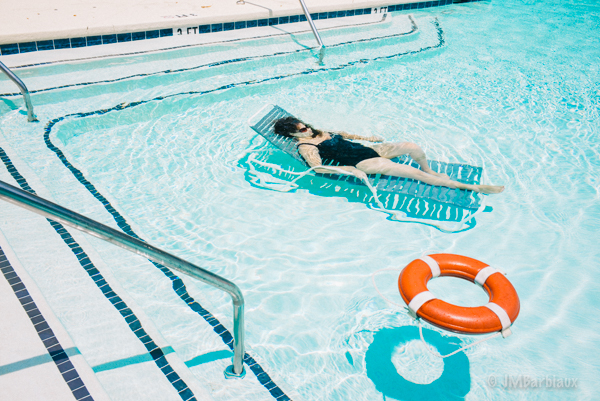 Knowledge of things like fine art fashion photography, and practice, will improve your images greatly. This image of my wife was picked up by Italian Vogue early this year.
Knowledge of things like fine art fashion photography, and practice, will improve your images greatly. This image of my wife was picked up by Italian Vogue early this year.
Conclusion
If you’ve made it this far you’ve probably figured out that I’m a huge advocate of learning all you can about photography rather than sticking to one genre in a futile attempt to become an expert (what is an expert in photography really? Technically perfect images are seldom synonymous with award-winning images and just because you practice something hour after hour, day after day, does not mean you are any good at it… Just ask my old piano teacher). The Venn Diagram approach is simply a fancy way to visualize learning as much as you can about all different types of photography and applying applicable techniques across your craft. I promise you this, the more you learn about different styles, techniques, artists, etc. the more you will feel your mind opening and see your photography improving.
I welcome your thoughts in the comments section below. Please feel free to head over to @PhotolisticLife on Instagram and show your love by following my work. I use Instagram to upload images from commissions I’m currently working on and images that will eventually be used here at PhotolisticLife, it’s kind of like a backstage pass to my work.

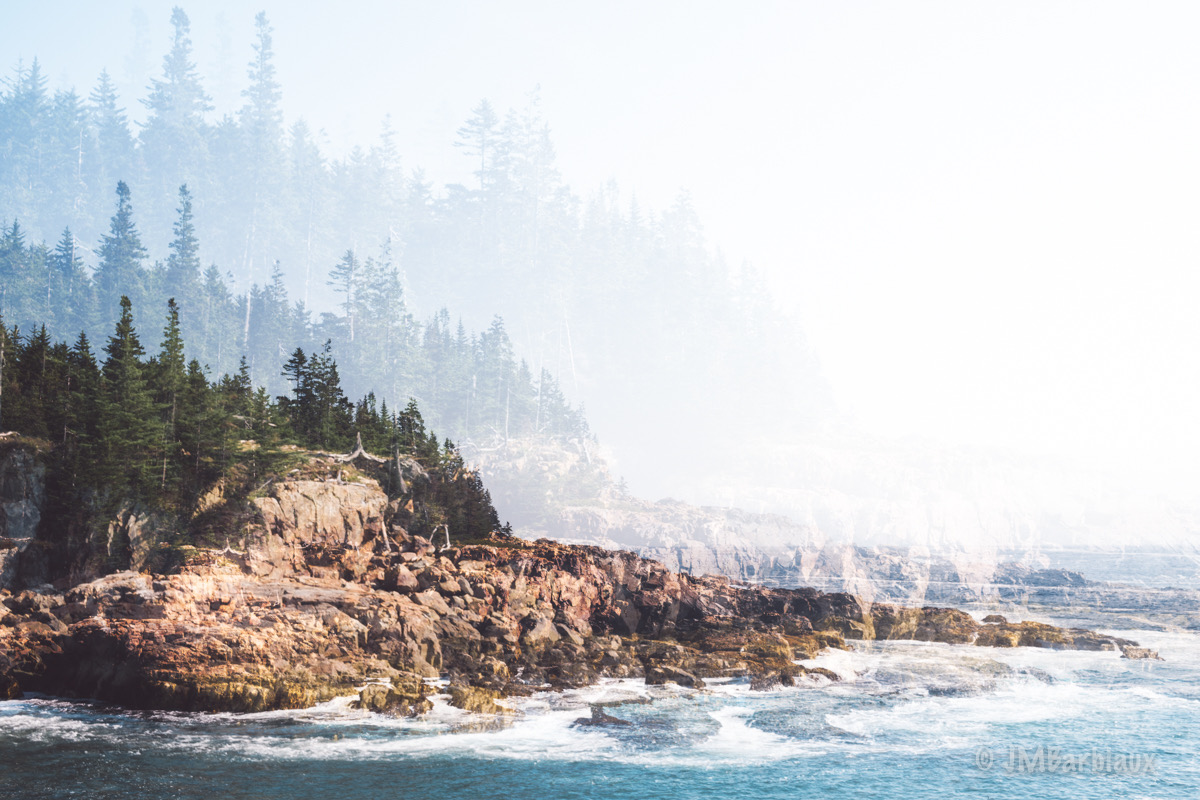

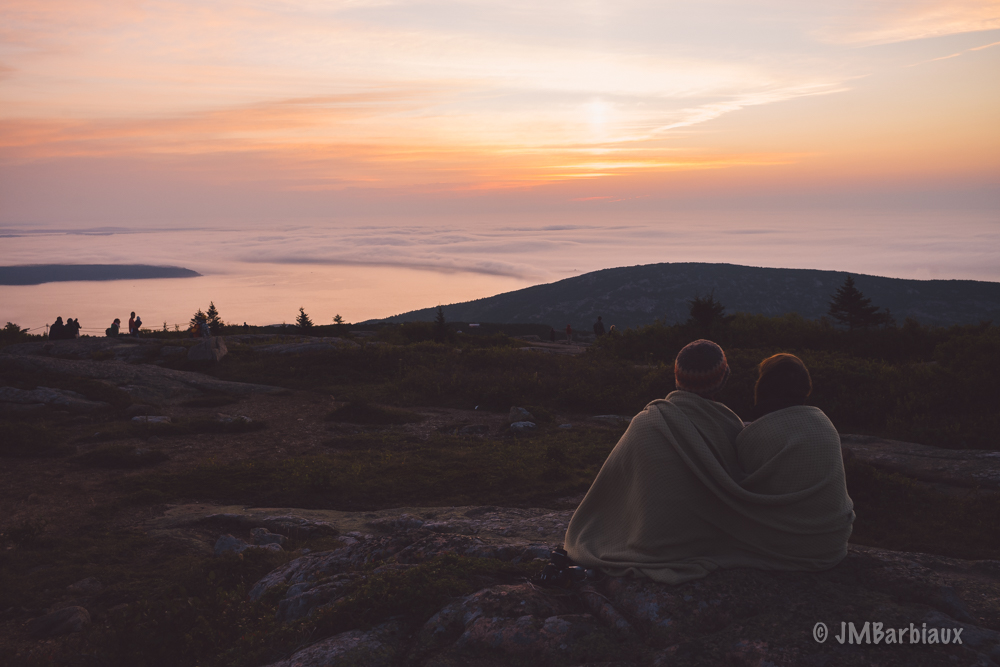
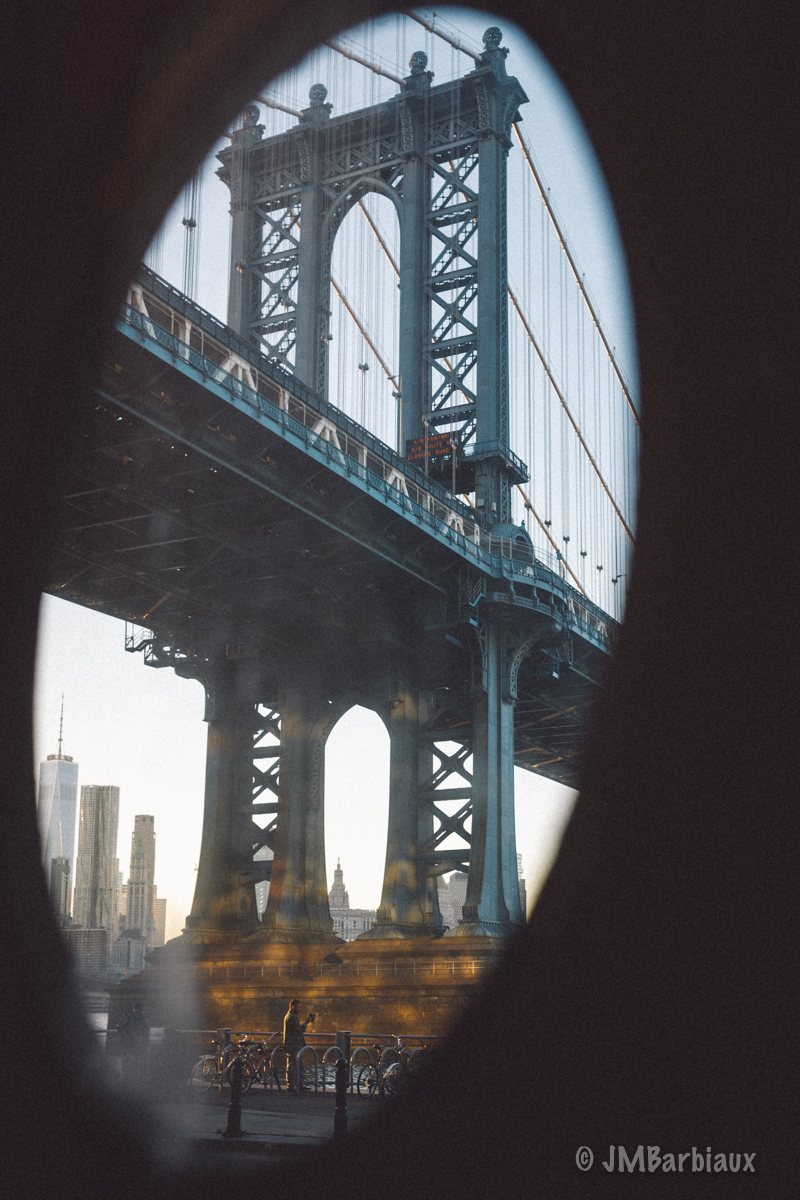

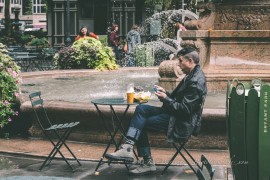

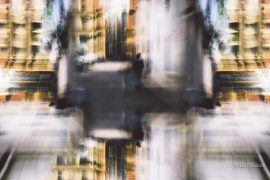
A very informative, thought-provoking and challenging article. I’ll start to discipline myself to remain open-minded, and mindful when I’m next on the streets. Thank you for this powerful nudge.
Thank you for the feedback!